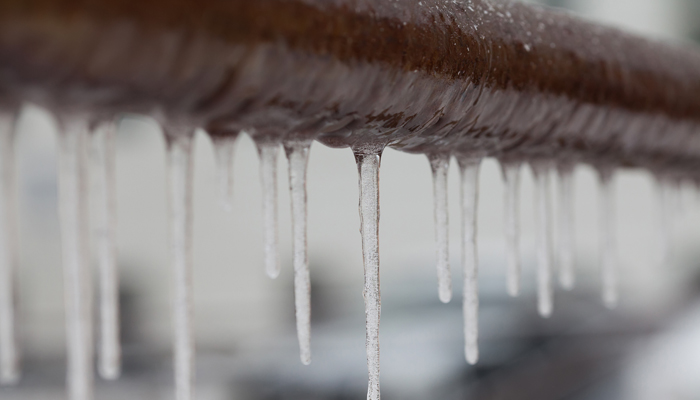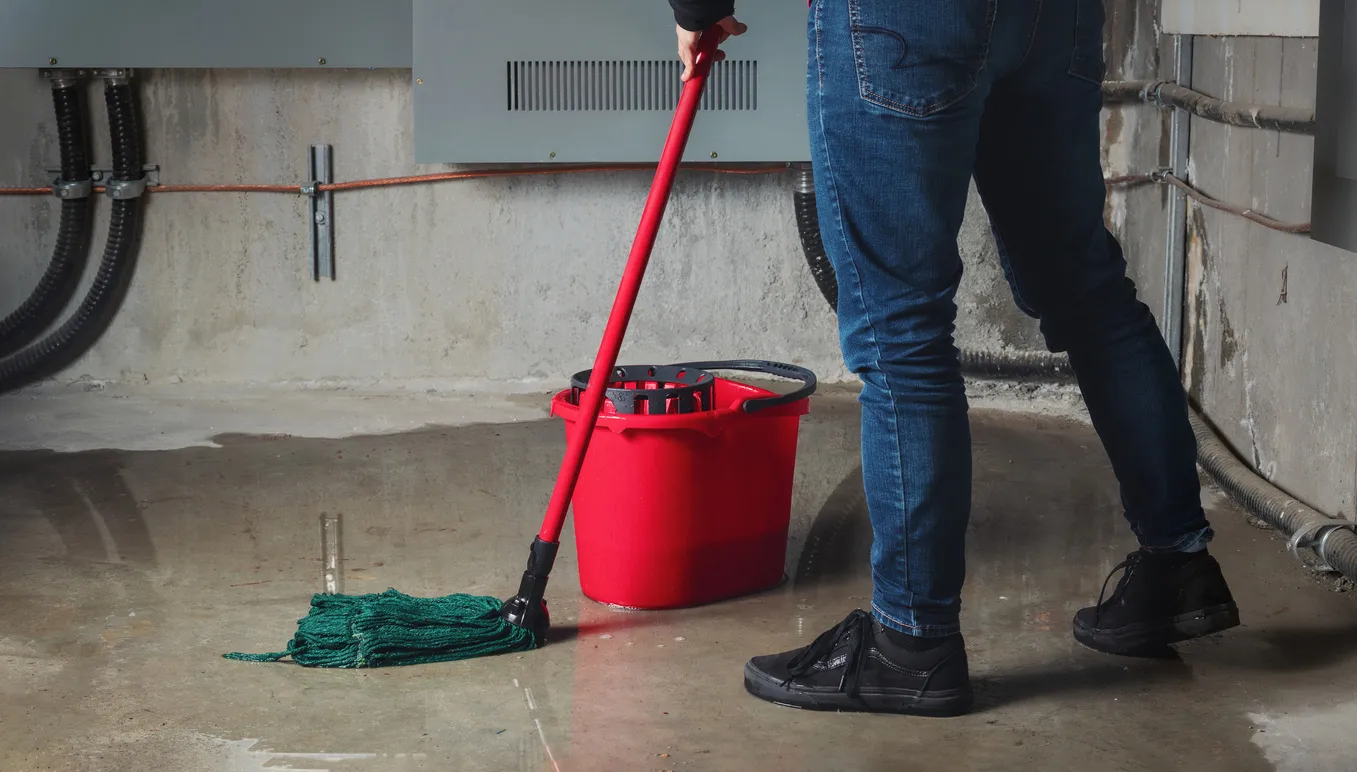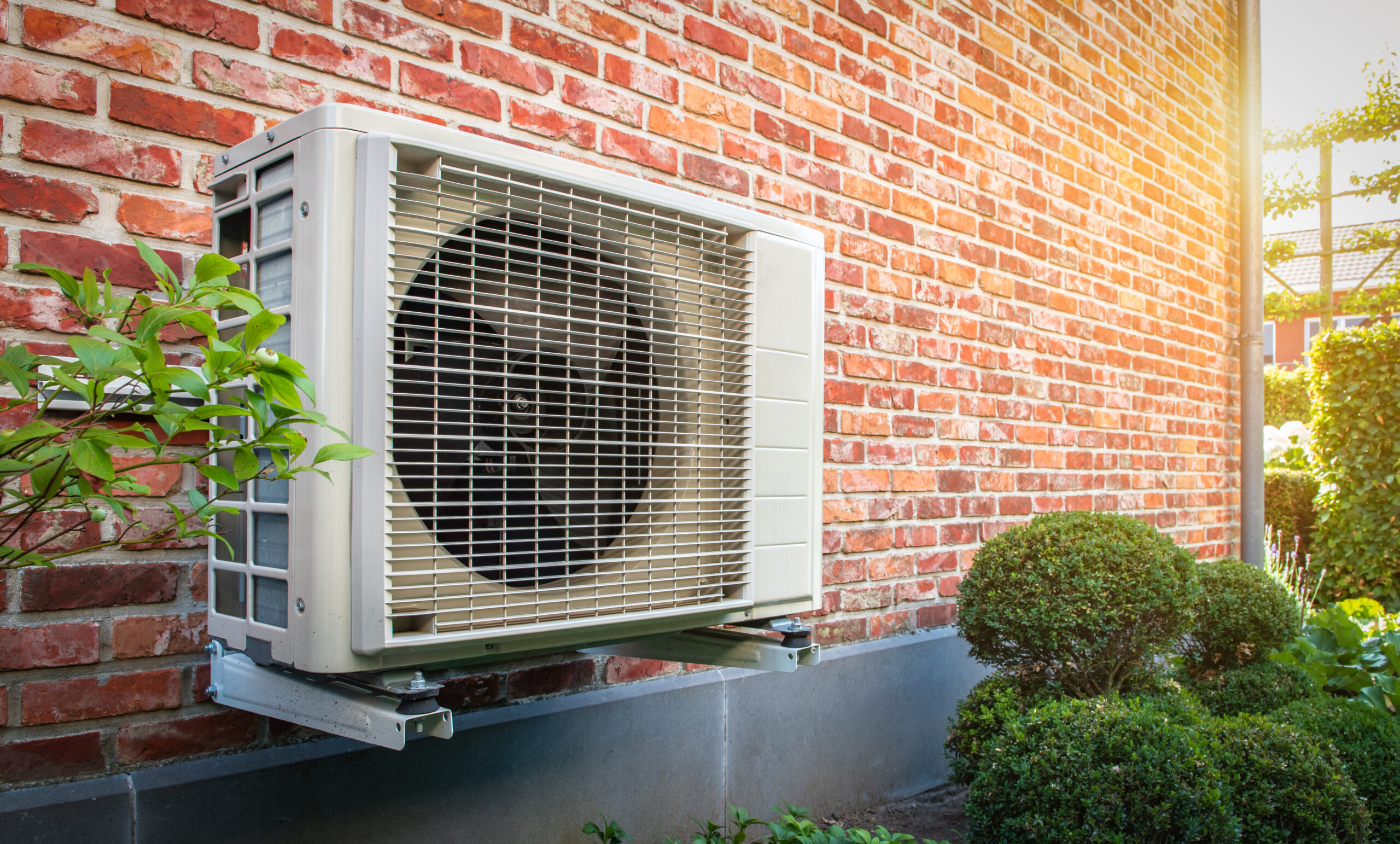Furnace Problems and Frozen Pipes During Cold Weather

Concerned your Furnace is not keeping up?
Your home may be colder inside during extreme cold, even if your furnace is working. Your furnace might not be broken. Many KC home systems are not designed to keep up with this extreme cold.
Air conditioning design standards in Kansas City call for furnaces to be big enough to heat a home to a temperature of 70 degrees on a 5-degree day, not more. The overnight low was -6 degrees yesterday, meaning a perfectly designed system would only heat the home to 59 degrees.
Friday’s low is expected to be zero degrees, so your home will be warmer if your system works as designed. Bedrooms a long distance from the furnace or over garages are likely to be cooler than this. On Saturday, temperatures should reach 16 degrees which, though not warm, will make many homes more comfortable than last night.
Your furnace might be on but not hitting your thermostat set point. It is likely not broken, and the situation will improve as the outdoor temperature increases.
Quick Tips for your furnace on cold days:
- Replace your filter. Dirty filters can reduce heat output by 15%.
- Make sure all doors and windows are tightly closed.
- Using a fireplace for warmth may actually lower the temperature by pulling warm air out of your house through the flue.
Think of your home as a bucket that holds warmth. There is a small hole in this bucket. The furnace is like a faucet filling up the bucket, but on very cold days, the leakage is greater than the heat coming in.
There are things you can do, however, to squeeze every degree of warmth into your home.
Do:
- Check your filter and replace it with a fresh one. Dirty filters can reduce the output of your furnace by 15% or more.
- Check the “warmth envelope” of your home. Visually inspect all windows and doors to ensure they are tight and secure.
- Carefully consider using a space heater to warm up a room that is colder than acceptable. Be careful not to overload a circuit.
- Keep your shades or curtains down to keep warmth inside.
Don’t:
- Use a fireplace that vents through the chimney. These remove smoke by pulling warm air from your home and venting it out the flue. This can actually reduce the overall temperature in your home.
- Don’t turn your oven on and leave the door open
- Don’t leave a space heater unattended.
Need an expert to check out your system?
Replacing your filter and letting the outdoor temperatures increase a bit may solve your problem. But if the temperature in your home is only in the 40s or low 50s, something else might be going on. Give us a call! We are working hard to help people stay safe and warm.
Concerned you might have a frozen or burst pipe?
This extreme cold is hard on your plumbing system. If you have an active leak, shut off your main water valve ASAP to prevent further damage.
How to Tell if a Pipe is Frozen
When pipes freeze, water can’t flow through them. To know if your pipes are frozen, check to see if water comes out of your faucets. If little or no water comes out, the water has frozen inside the pipe and blocked the water flow.
Next, look for a leak. If there isn’t a leak, the most important thing is to defrost the pipe. A plumber can’t work on the problem until the pipe has thawed. Locate your main water valve so you can shut it off at the first sign of a leak.
What to Do with a Frozen Pipe
- Do your best to warm the pipe by opening any cabinets around it.
- Use a space heater in the area if possible.
- You can even use a blow dryer or heating pad to thaw the pipe.
- Keep the tap open, so you will see water come through once it thaws.
- When it’s thawed, check carefully for leaks in the area. Shut off the main water valve at the first sign of a leak to prevent damage.
Request Service
Fill out the form below, and we’ll contact you shortly to schedule your home service appointment.





